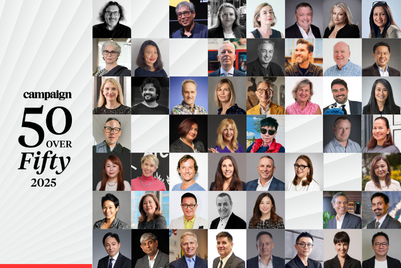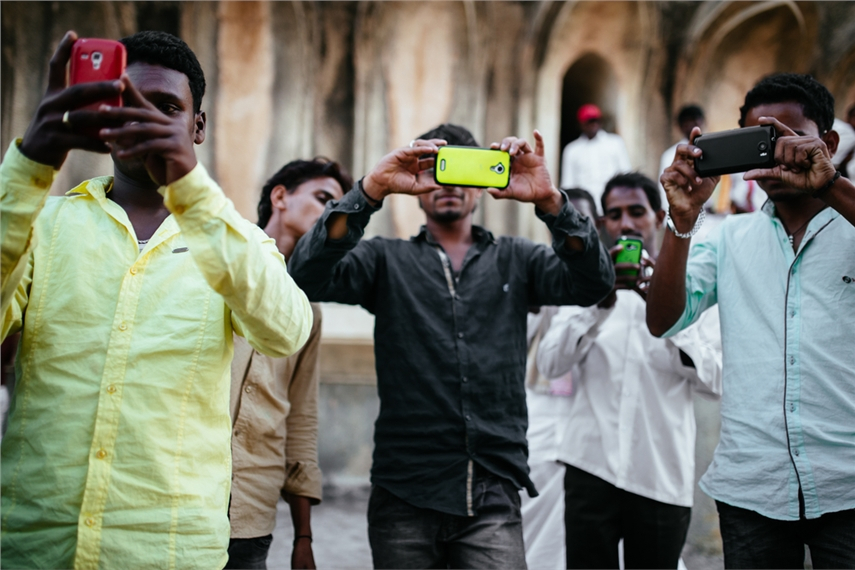
As part of our look at India's top brands of 2018, which is part of our Asia's Top 1000 Brands report, we found that Indian consumers see Amazon, Google, Samsung, and Flipkart as the top mobile-friendly brands, with Facebook, Nike, BPI, GlobeGCash and Paymaya also rating highly. Then we asked four in-market observers for their insights.
The top 20 mobile-friendly brands
| India | APAC | ||||
|---|---|---|---|---|---|
| 1 | Amazon | Apple | |||
| 2 | |||||
| 3 | Samsung | Samsung | |||
| 4 | Flipkart | Amazon | |||
| 5 | Apple | Lazada | |||
| 6 | Sony | Sony | |||
| 7 | PayTm | LG | |||
| 8 | LG | ||||
| 9 | Nike | Yahoo | |||
| 10 | Xiaomi | Nike | |||
| 11 | Adidas | Asus | |||
| 12 | Philips | Naver | |||
| 13 | Lenovo | YouTube | |||
| 14 | Big Bazaar | Xiaomi | |||
| 15 | YouTube | Huawei | |||
| 16 | Oppo | ||||
| 17 | HP | Taobao | |||
| 18 | Adidas | ||||
| 19 | Myntra | Panasonic | |||
| 20 | Tata | HTC |
The survey shows that the most mobile friendly brands in India today are Amazon and Google. Do you agree? If so, what are they doing right?
Shamsuddin Jasani, MD, Isobar India: I’d agree with Amazon. For me, Google is a question mark. Amazon has taken off from an app perspective. I see a lot of people using Amazon.
People are using Google primarily for search and YouTube. I would also rate a lot of the food apps like Swiggy and Zomato. Everyone in office would be using these apps almost every other day. They have become a part of everyday life. The others are more for entertainment. These are a necessity now and doing a real good job. They’re continuously looking to evolve themselves with UI etc. Bookmyshow is another one. And the good thing is they’re all Indian.
Another segment of Indian brands that I would think would be up there are OTT brands like Hostar. These are doing really well too.
MA Parthasarathy, chief product officer, Mindshare South Asia: I’m in complete agreement with Amazon being one of the mobile friendly brands in India. The reasons for this include the ease of navigation and user interface. The speed helps too; it's super quick even though it has millions of product in its inventory. The third reason is the quality of the recommendation engine and the accuracy of the search navigation.
Google, is mobile friendly too. It’s built for mobile and that’s natural. Facebook has been a great brand on mobile. It's quite mobile friendly. I owe this to the ease of navigation and interface too.

Ranju Kumar Mohan, seed investor and entrepreneur (formerly VP at JK Ansell):
Today, the mobile is an extended part of an individual. It’s always close to the person. Brands like Amazon, Google, Samsung and Apple are up there. Google has shown its dominance and has dived into everything (mobile) related.
And we’re seeing industries that have now being introduced because of this surge in mobile usage. These include PayTm, PhonePe, Zomato, BookMyShow and the likes. These apps knew how to extract value from the surge in mobile usage. Hotstar, Netflix and other such platforms are also all mobile friendly.
About FMCG and other brick and mortar brands – these are putting budgets across for creating communications and targeting through mobile too. Brands can’t ignore mobile.
Lloyd Mathias, former HP marketing director: I agree with Amazon & Google being the most mobile friendly brands today. I would also add Facebook & Twitter to that list. I think the reasons are pretty obvious.
For one, these are primarily web based brands – devoid of any physical interface. Yes, I understand Amazon has opened a physical store in the US – but its DNA is primarily digital. Secondly, a bulk of their traffic (more than 70% in India) comes from mobile phones – so they have simplified and perfected the interface to ensure utmost simplicity and speed, and a single site designed to adapt to different devices. This approach delivers all the website’s content to all of its users, in layouts that are appropriate for whichever device they’re using at the time.
Which social media platforms can really make or break brands in India? Give us some brand examples that have used these platforms well?
Jasani: While Facebook and Twitter are important, they’re more of ‘break’ medium. All the brands are on those mediums. If something goes wrong, it really goes wrong on these mediums, it really harms the brands.
The make one currently would be Instagram. There are some brands doing really well. We’re doing stuff for Bira. It’s a platform that allows a lot more. It’s also delivering really well. People in India are in love with Instagram. And brands have understood that. We’re seeing brands like Sabyasachi Official, Chumbak, Happily Unmarried, Paperboat, Puma, Durex, Flipkart, Ixigo and Reebok among others using the medium well.
Snapchat is still predominantly for a much younger audience. When you’re talking to 25+, not many are using Snapchat. It needs to still evolve in India and I’d believe it’s still just used by the college going crowds in the country.
Parthasarathy: The platforms that can make brands are different from the ones that can break brands. I think the platform of the future in terms of the making brand point is Instagram. Increasingly, more and more brands are figuring ways of telling brand stories in a nice way. From a global standpoint, Lego has being using it well. In India, we’re seeing a lot of fashion brands doing good solid work on Instagram.
You have very little control on WhatsApp, and limited ability to do damage control.
Mohan: In terms of break – Facebook and Twitter can cause damage to brands. In fact, WhatsApp too can create damage to humans and brands. We saw how Elon Musk’s brand value was damaged after a Tweet about the Thai diver.
The correct usage of Snapchat among the younger target audience can help make brands.
Mathias: It’s the big five – Facebook, YouTube, Twitter, LinkedIn & Instagram. While WhatsApp is a large platform it still does not lend itself to advertising. I think any brand needs to have significant presence across these platforms to ensure connect with today’s consumer.
Star Plus' use of social media & TED Talks to promote their new tag line Nayi Soch was exceptional.
Not exactly a brand in the classical sense but doing a book launch through LinkedIn was exceptional. Westland Books launched Upendra Namburi book, “8 Hours” by creating a fictional character on Linked In, who was the protagonist in the book, who then invited many potential readers to the book launch. Audacious and brilliant use of LinkedIn.
Volvo’s use of Twitter competitively at the Super Bowl is possibly the best example of ambush using social media. All one had to do was tweet #VolvoContest & the name of someone you want to give a Volvo car to, every time a competitor's ad played on the live telecast, and you could win a Volvo car. It comprehensively shifted the social conversation to Volvo at a fraction of the cost the other automobile majors paid.

HUL’s Kissan used Facebook brilliantly to crowdsource tiffin ideas for homemakers to pack for their young ones in school.
Nappadori’s use of Instagram is fantastic. Clearly the best use of Instagram by any Indian brand.



.jpg&h=334&w=500&q=100&v=20250320&c=1)
.jpg&h=334&w=500&q=100&v=20250320&c=1)

.jpg&h=334&w=500&q=100&v=20250320&c=1)


.jpg&h=334&w=500&q=100&v=20250320&c=1)
.jpg&h=334&w=500&q=100&v=20250320&c=1)


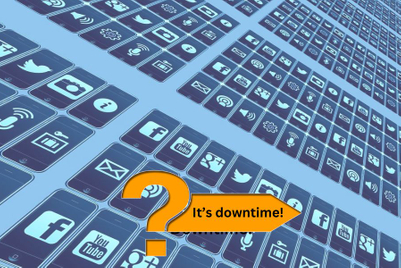
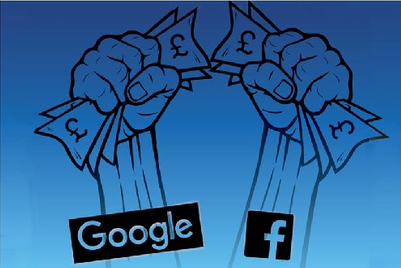
.jpg&h=268&w=401&q=100&v=20250320&c=1)
.jpg&h=268&w=401&q=100&v=20250320&c=1)
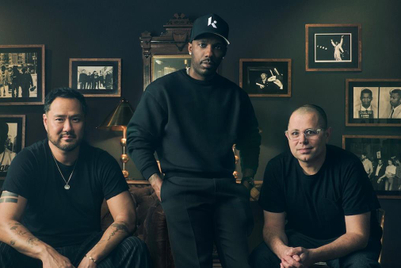
.jpg&h=268&w=401&q=100&v=20250320&c=1)
.jpg&h=268&w=401&q=100&v=20250320&c=1)
